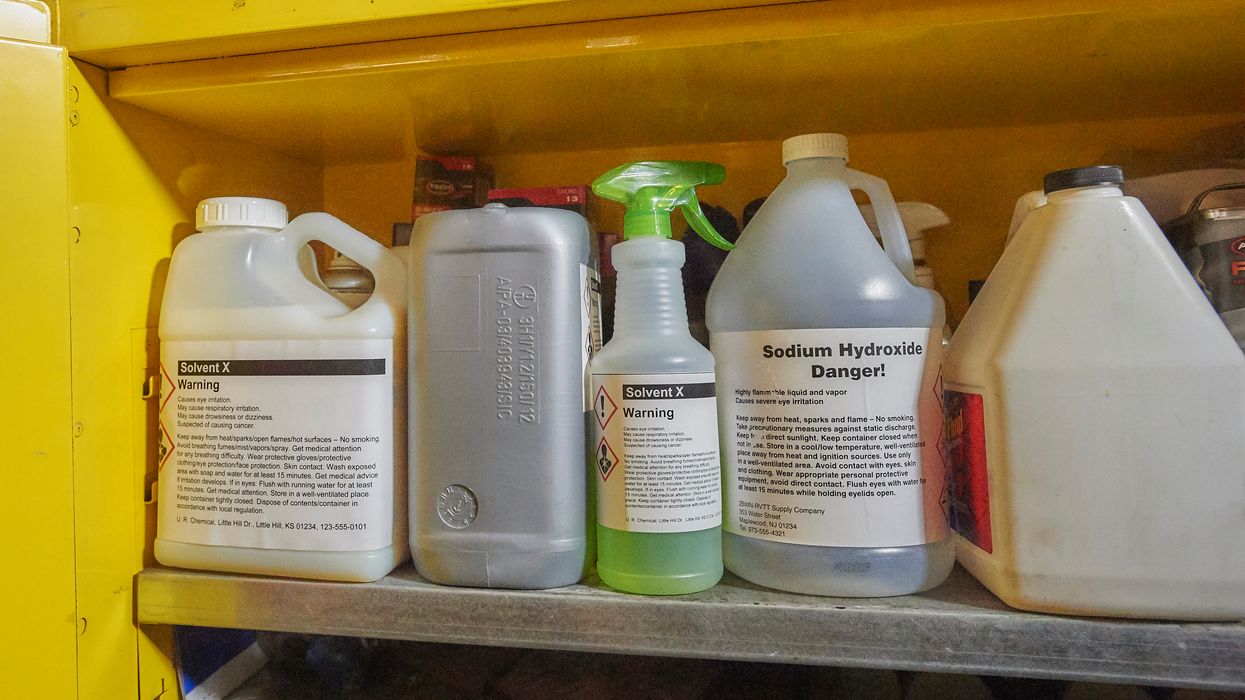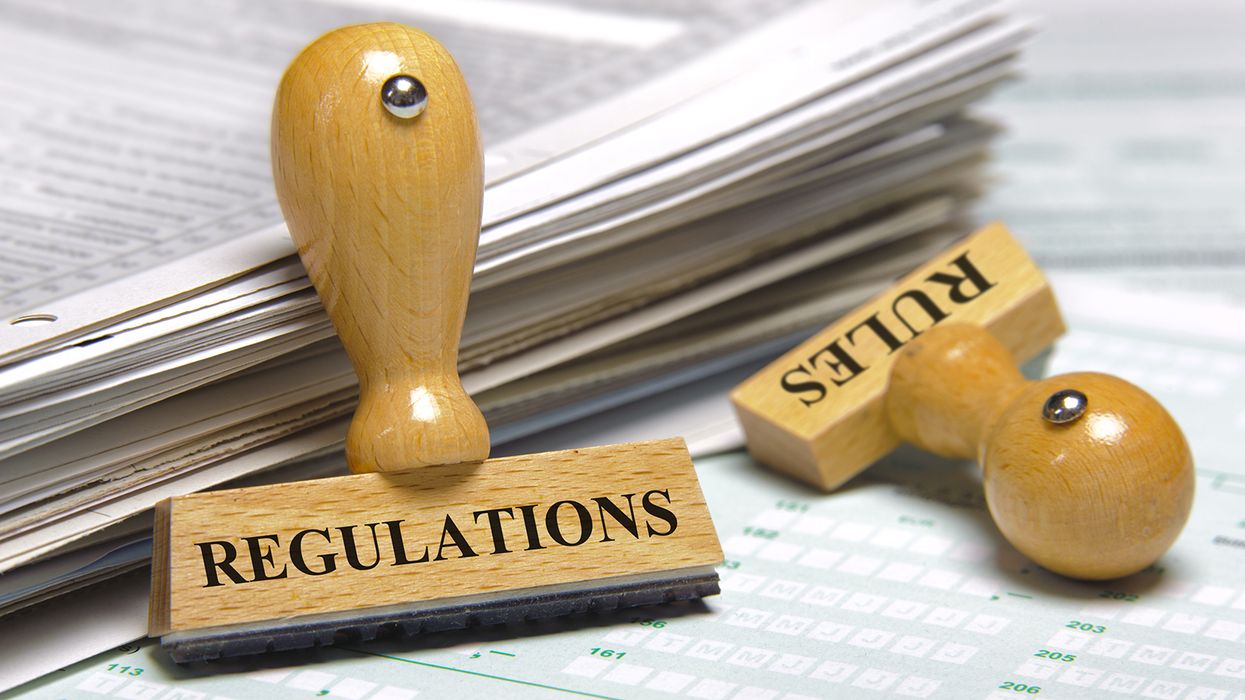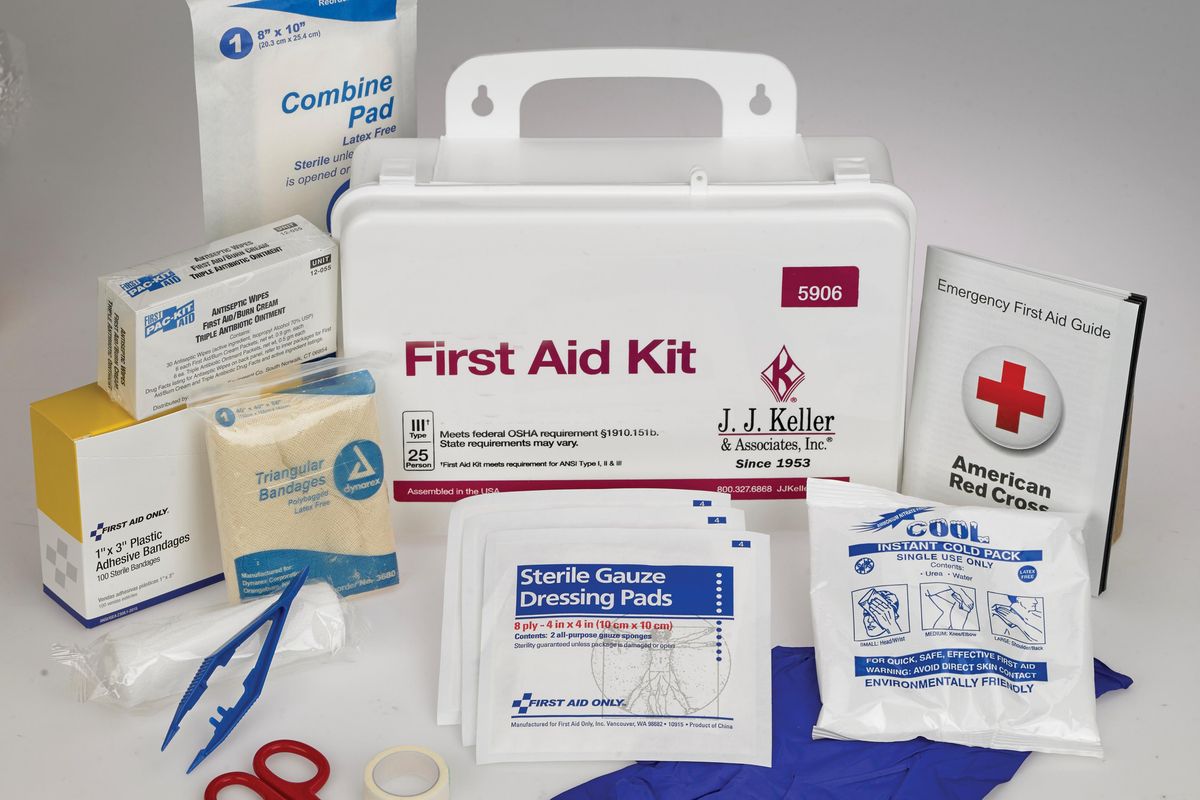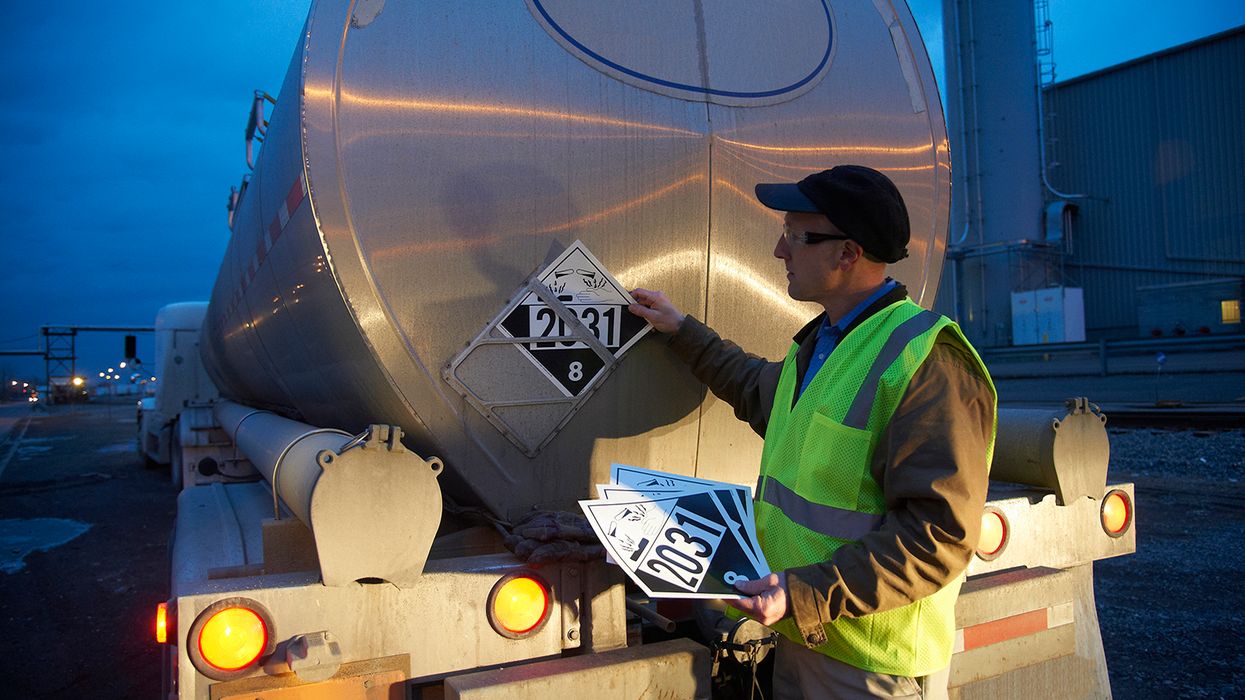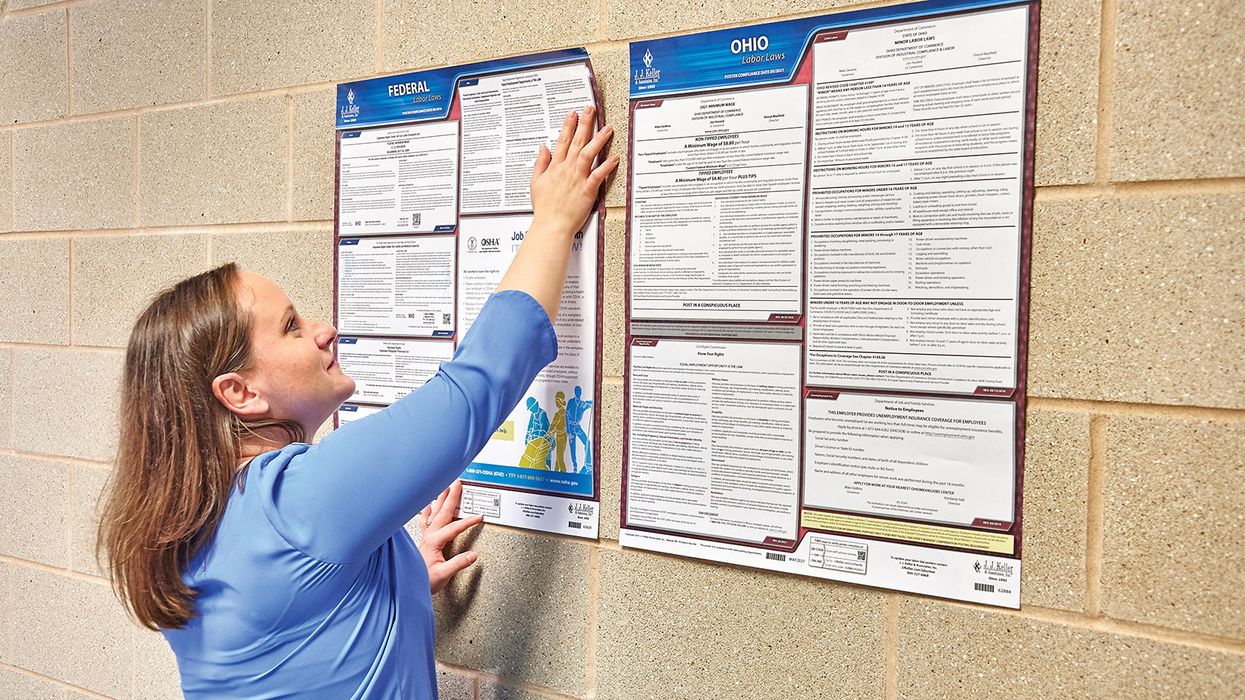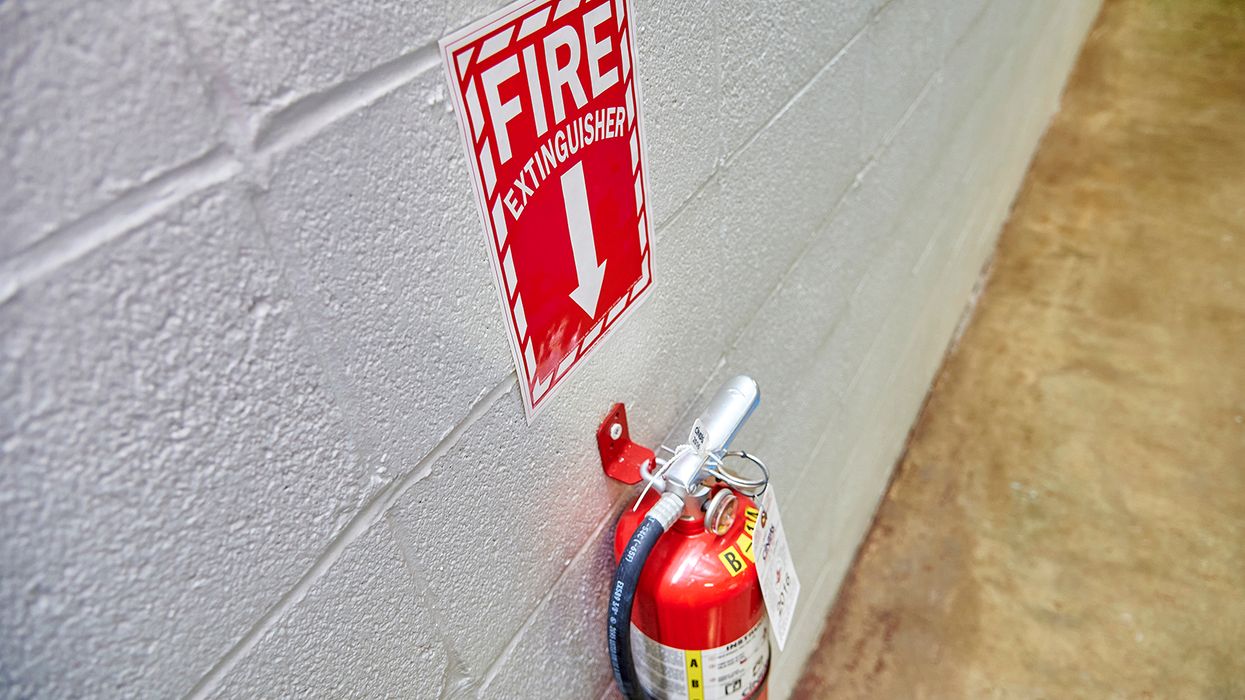Are you leading or lagging? Harness these key safety indicators
If you’re like most motor carriers, you consider safety to be “job #1.” But if the way you measure it involves counting how often your drivers avoided violations and got home without a scratch, you may be doing it wrong.
Looking to the past to count up the safety-related events that already happened is a common practice, but it can only take you so far. Motor carriers that want to develop a robust safety program that prevents those events from taking place need to refocus their efforts.
Learning from the rearview mirror
“Lagging indicators” are the yardstick most companies start with to measure how well their safety program is working. It measures what has already happened. Examples include:
- Crash rates
- Roadside violations
- Recordable injuries
- Days away from work
- Compliance, Safety, Accountability (CSA) scores
- Worker’s compensation costs
These are all important indicators of the success or failure of a DOT safety program. But here’s the kicker: lagging indicators alone won’t get you far. They’re like looking at a map after you’ve already taken a wrong turn — helpful for course correction, but not much use for avoiding detours altogether.
Leading the way
That’s where “leading” indicators come in. They provide guidance and direction to help identify potential hazards and trends before they turn into accidents or incidents. As part of a continuous improvement program, they help predict future safety performance so you can take preventive measures and stay on the right track.
Examples of leading indicators include:
- Training metrics
- Safety meeting attendance
- Employee surveys
- Safety observations and near-miss reporting
- Improved ergonomics
- Safety audit results
How can these be used to improve safety? Consider just two examples:
- Safety observation programs: A safety observation program can provide real-time insights into potential hazards and unsafe behaviors. By encouraging employees to actively observe and report safety concerns, you can proactively identify and address safety issues before they lead to accidents or injuries. Analyzing the data collected from safety observations can help identify training needs, improve policies or procedures, and foster a culture of safety within the organization.
- Driver training and performance monitoring: Monitoring driver performance and providing targeted training can significantly improve safety. By tracking leading indicators such as speeding incidents, harsh braking, or lane deviation, you can identify drivers who may be at a higher risk of crashing. With that information in hand, you can provide additional training, coaching, or support to those drivers to improve their skills and reduce the crash risk.
Go beyond the numbers
To use leading indicators successfully, be sure to measure the impact. For example, don’t just count the number of training sessions attended — measure how much information was retained by having attendees complete a quiz or demonstrate their newly gained knowledge. And don’t measure the success of your safety observation program by how many observations were submitted — measure the improvements made as a result of the program.
It’s all about culture
How can you leverage leading and lagging indicators to cultivate a robust culture of safety?
- Educate and communicate: Educate employees about the importance of leading indicators and how they contribute to overall safety goals. Regular communication through safety meetings, newsletters, and training sessions can help reinforce these concepts. Consider having a few “safety champions” who lead by example (see #4 below) and can help communicate your goals. Communicate upwards as well, so upper management stays on board and reinforces your safety goals.
- Set clear goals and expectations: Establish measurable safety goals aligned with leading indicators, such as increasing near-miss reporting or completing safety training modules. By setting clear expectations, you empower employees to actively participate in safety initiatives. One important aspect of this is robust safety policies and procedures that are written and enforced.
- Encourage reporting and feedback: Foster a culture where employees feel comfortable reporting near misses, hazards, and safety concerns without fear of retribution. Use leading indicators like near-miss reporting rates to gauge the effectiveness of your reporting systems.
- Lead by example: As a safety leader, your actions speak volumes. Demonstrate your commitment to safety by consistently following protocols, participating in safety initiatives, and prioritizing employee well-being.
- Analyze and adjust: Regularly analyze both leading and lagging indicators to identify trends, areas for improvement, and potential safety risks. Use this data to make informed decisions and implement targeted interventions to address underlying issues. The goal should always be continuous improvement.
- Celebrate success: Recognize and celebrate achievements related to safety performance and milestones. Positive reinforcement will reinforce desired behaviors and foster a culture where safety is valued by everyone.
Key to remember: Developing a robust culture of safety requires a multifaceted approach that incorporates both leading and lagging indicators. By taking advantage of both, you can drive continuous improvement, mitigate risk, and ensure the well-being of your drivers and all other employees.
























